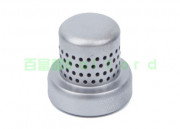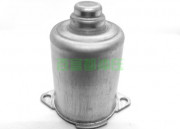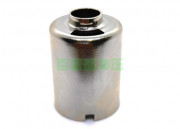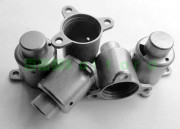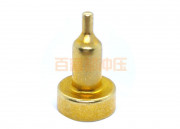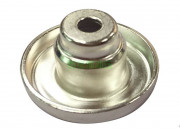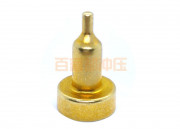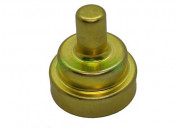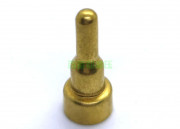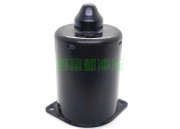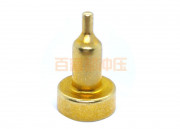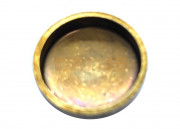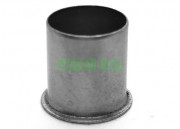Metal Deep Drawing Process
Drawing is a process of forming metal sheets into cylindrical or box shapes by stamping, circular drawing or metal forming. Usually, deep drawing is carried out on the wrinkle proof plate of the double action press, which can effectively prevent the raised edge from wrinkling when it is pulled into the mold. Unlike other drawing processes, the drawing depth can exceed the original diameter of the blank.
Under the pressure of the press, the drawing die is used to process flat blank or hollow process parts into open hollow parts. It is one of the basic stamping processes. It can not only process rotary parts, but also process thin-walled parts with complex shapes such as box parts.
Dyeing can be divided into non-dyeing and dyeing. The wall thickness of the front parts is basically unchanged compared to the blank before drawing. Compared with the sheet before drawing, the wall thickness of the sheet after drawing has obvious changes. This kind of thinning is required by the product, and the features of the part are thick bottom and thin walls. In practical production, continuous thin drawing is widely used.
The die used for drawing is called the drawing die. The structure of the drawing die is relatively simple. Compared to the blanking die, the working part has a larger fillet. High surface quality requirements. The clearance between the punch and the die is slightly greater than the thickness of the sheet.


